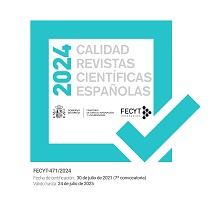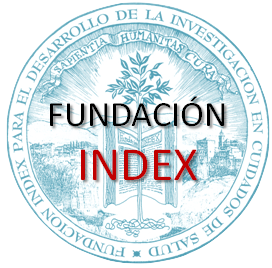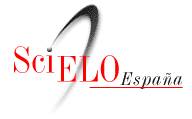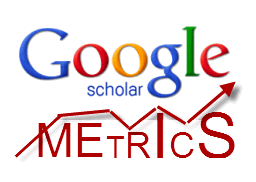The anatomic relationship involved in the administration of medication via the intramuscular route: a field of study of nurses
Abstract
Aim: to select the studies that link the anatomical descriptions of the major muscles used in clinical practice for the election of the region of drug delivery and to review key studies that establish the anatomical relationships between the vascular-nervous structures and skeletal striated muscle in the process of administering intramuscular medication.Methodology: this is a systematic review guided by eight steps constructed by the author that indicated the covered phases in the selection of manuscripts to address the research questions.
Results: Two studies gave information of the deltoid region about the injury to the axillary nerve and its relationship to the posterior humeral circumflex artery. As for the ventral-gluteal region, the two most suitable models of anatomical site most suitable for puncture in such a way that does not injure the superior gluteal nerve and superior gluteal artery were studied. With regard to the region back-gluteal, discussions were limited to the conformation between the sciatic nerve and the major gluteus muscle, which is widely distributed in the various classical literatures. The lateral thigh leads us to a reflection on the relationship with the lateral cutaneous nerve of the thigh.
Conclusion: the review presents in a systematic way the main anatomical relationships that underlie the development of the technique of administering intramuscular medication performed by nurses, which should suit the different areas of knowledge to the individuality of the client.
Downloads
The works published in this magazine are subject to the following terms:
1. The Publications Service of the University of Murcia (the publisher) preserves the copyright of the published works, and encourages and allows the reuse of the works under the license for use stated in point 2.
© Servicio de Publicaciones, Universidad de Murcia, 2011 (© Publications Service, University of Murcia, 2011)
2. The works are published in the electronic edition of the journal under Creative Commons Reconocimiento-NoComercial-SinObraDerivada 3.0 España(texto legal) “ a Attribution-NonCommercial-NoDerivatives 3.0 Spain license (legal text)”. They can be copied, used, broadcasted, transmitted and publicly displayed, provided that: i) the authorship and original source of their publication (journal, publisher and URL) are cited; (ii) are not used for commercial purposes; iii) the existence and specifications of this license is mentioned.
3. Conditions of self-archiving. Authors are allowed and encouraged to electronically disseminate the pre-print (pre-reviewed ) and / or post-print (reviewed and accepted for publication) versions of their works prior to publication, as it ensures a wider circulation and dissemination which may lead to a possible increase in its mention and a higher scope among the academic community. RoMEO color: green.













